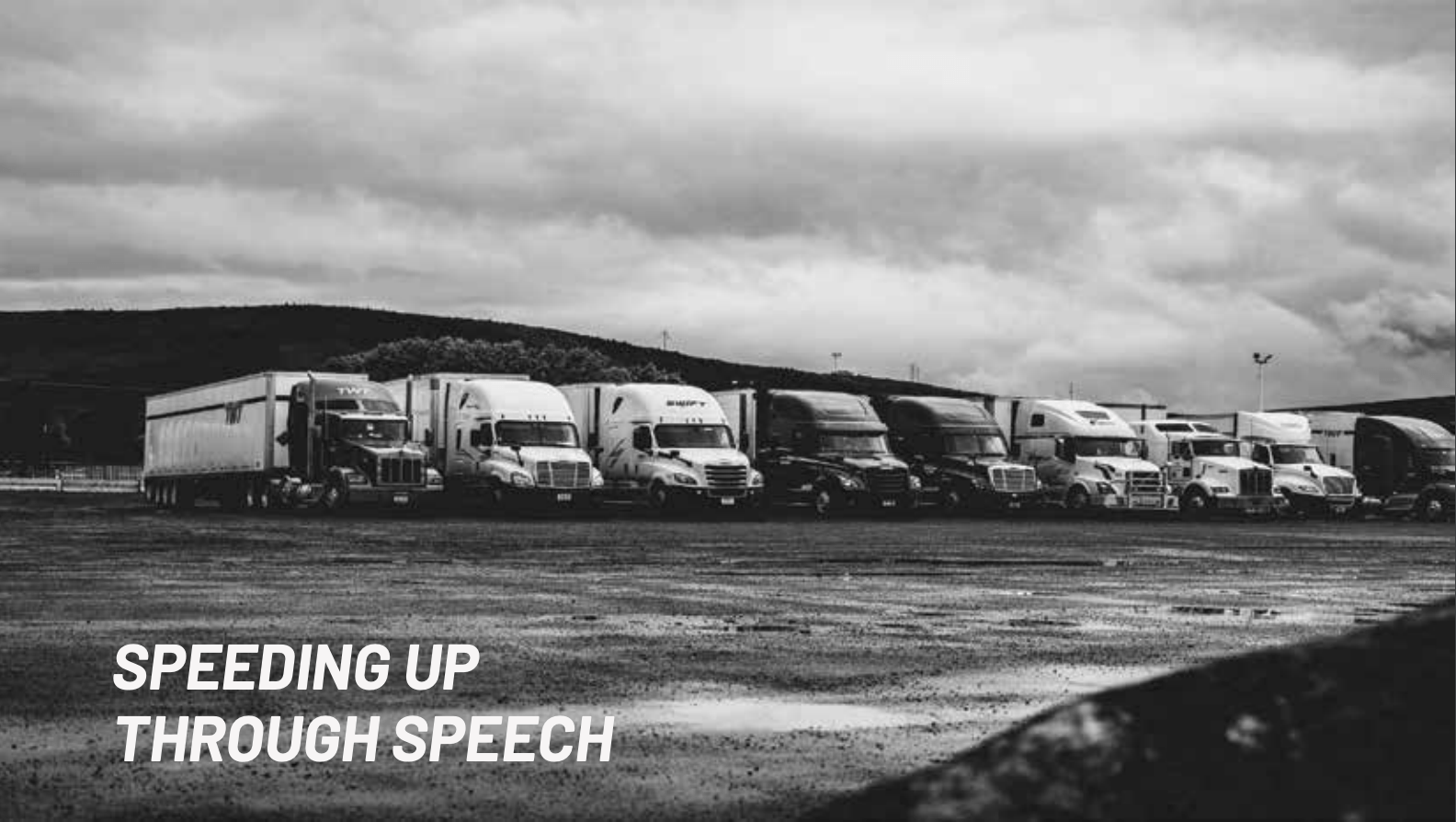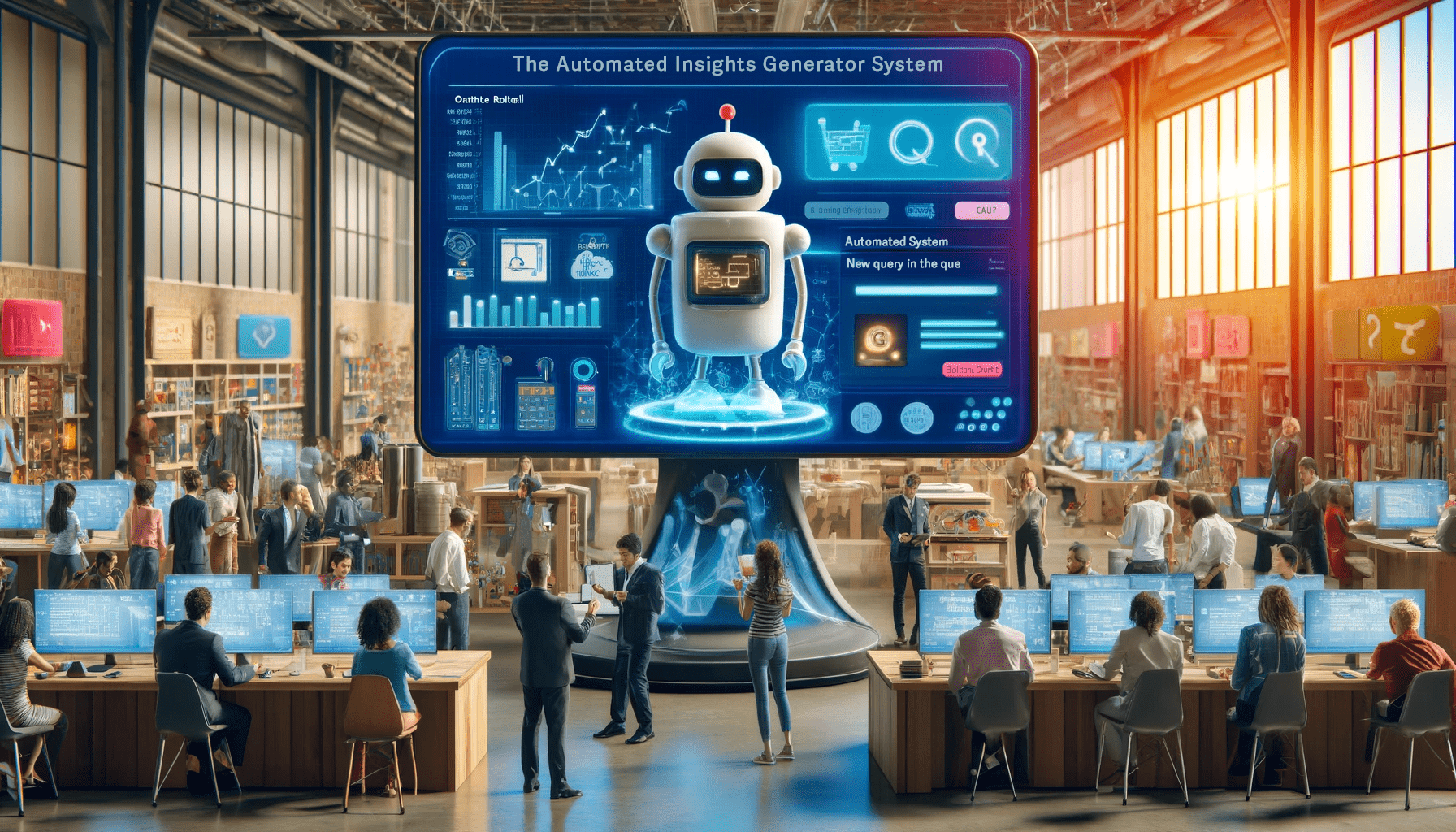
The company provides an integrated service delivery platform to connect fleet companies, vehicle service providers and other 3rd party providers like call-centres, original equipment manufacturers (OEM) and equipment owners.
THE CHALLENGE
The service delivery platform allows truck fleet owners to reduce the total down time, whenever one of their vehicles encounters a technical issue. The platform’s mobile application and web interfaces enable truck drivers to quickly find and digitally connect with nearby vehicle service dealers. After the driver creates a work order, the vehicle service dealer sends service technicians to attend to the emergency service request. Fleet owners and supervisors can get access to visuals of the issues and status of the repairs. They are also provided with live tracking of the technicians, real time updates etc. This platform gives vehicle service dealers access to customers that would otherwise not be available to them, thereby maximising the productivity of their technical workforce, increasing sales of spare parts etc.
When a truck driver made use of the company’s service platform, he / she had to manually navigate through the various options, either by voice or by pressing buttons on the phone, before providing all the required technical information to the company’s support executive. Based on these inputs, the support executive created a new service request and assigned it to the corresponding vehicle service provider.
The common feedback from the truck drivers was that navigating through these menus was confusing, cumbersome, and very time consuming. Often, drivers ended up providing the wrong details, as they were unsure of which option to select from the available choices. This, in turn, led to various operational challenges when the service technicians attempted to diagnose and resolve the reported issues.
To address this problem, the company needed a technology partner to develop a simplified voice-based system to automate and streamline the process of creating service requests for truck drivers.
THE SOLUTION
The team of data scientists and business analysts from Prescience Decision Solutions performed a detailed study of the company’s operational event creation process and the existing technical architecture. The proposed new chatbot solution would require truck drivers to access the application and verbally report the issue, without having to navigate through any menus. The application would automatically collect the truck driver’s precise location from the phone’s GPS location.
The chatbot consisted of the following 4 components,
- Speech to Text Conversion
- Natural Language Processing (NLP)
- Named Entity Recognition (NER)
- Clustering
In the Speech to Text Conversion component, the solution captured the verbal inputs that were provided by the truck driver and directly converted it to text format. The users would include people with regional accents and geography-based dialects, resulting in different pronunciations of the same word. Hence, the model was trained on various English dialects as well as scenarios where the voice recording was a combination of more than one dialect.
In the Natural Language Processing (NLP) component, the solution would process the above text by creating or completing sentences, picking up on and understanding broken words, and updating it to the nearest meaningful word or text. This was accomplished using a trained sentence completion model and a probabilistic similarity search model.
In the Named Entity Recognition (NER) component, the solution extracted contextual text such as industry and / or client specific keywords from each sentence. This could vary from a truck’s chassis number, which is a long alphanumeric number to understanding a spare part name of a large truck, such as couplings or landing legs.
In the Clustering component, the solution grouped together the above information and assigned it to the respective classes for 100% accuracy. This was enabled through a density-based scanning model. This information was then sent to the ticketing tool to automatically generate a new service request.

The new chatbot solution also provided an easy interface for truck drivers to create and track their service requests. Additionally, the company no longer needed to have a large team of service agents to handle all incoming calls and manually create each service request to be assigned to the nearest vehicle service provider.
The solution was built on,
- RASA
- Python and
- AWS
THE IMPACT
The new solution automatically converted the verbal details provided by each truck driver into a service ticket, thereby ensuring that the company’s service agents were able to handle far greater volumes of incidents. This new process also led to a uniform user interface for truckers who needed quick technical assistance and didn’t want to deal with application updates or enhancements, before accessing the company’s mobile application.


